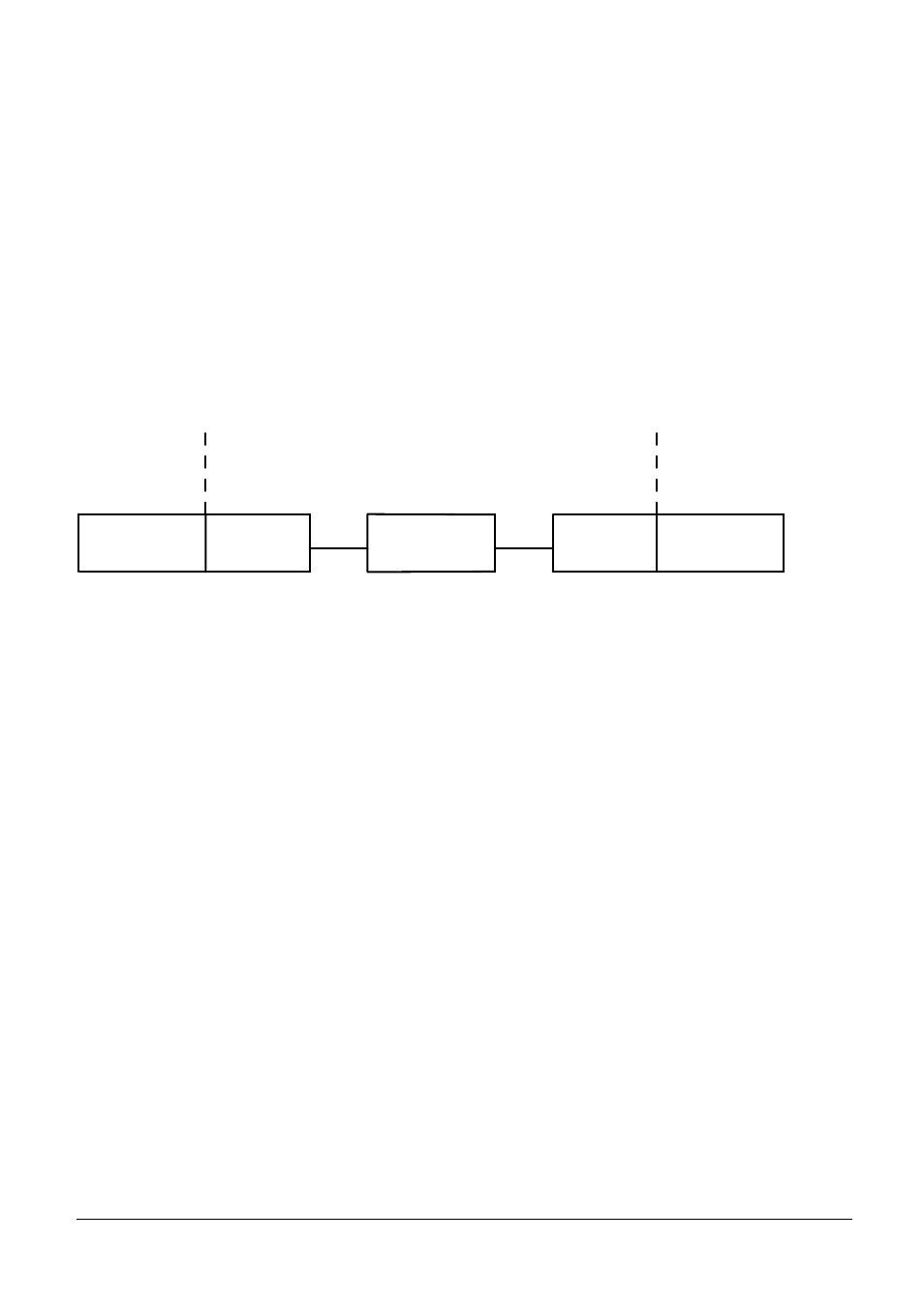Introduction, 1 introduction – HEIDENHAIN TNC 335 Technical Manual User Manual
Page 510

8/95
TNC 360
1 Introduction
8-3
1 Introduction
When operating a computer system (PC, Controller), a wide variety of peripherals, such as printers,
external memories (floppy-disk drives; hard disks) or other computer systems, can be used in
conjunction with the Central Processing Unit (CPU).
A data interface makes is possible for the CPU and the peripherals to communicate.
Communication requires facilities for transferring data to the peripherals and of course, physical
connection via a transmission line. Peripheral device control and communication, via the interface, is
generally the responsibility of the computer system. The computer system therefore has to meet
certain requirements.
The interfaces, which primarily consist of the physical links between the computer system and the
peripherals, need appropriate software in order to control the transfer of information between the
individual units. The relationship between hardware and software, which fully defines an interface, is
illustrated by the following diagram:
Computer
Software
Hardware
Software
Peripheral
e.g. PC,
Controller
e.g. Printer,
external memory
,QWHUIDFH
The "hardware" in the diagram covers all the physical components, such as circuit construction, pin
layout, electrical characteristics, etc. The "software" includes, for example, the drivers for the output
modules and is associated with both the operating software of the computer system and the
peripherals.
Due to the wide variety of computers, controllers and peripherals, standard interfaces have been
introduced, which, in an ideal situation, enable extremely varied devices to be connected to each
other.
Such standards include, for example, the RS-232-C/V.24 interface, which is described in detail later.
